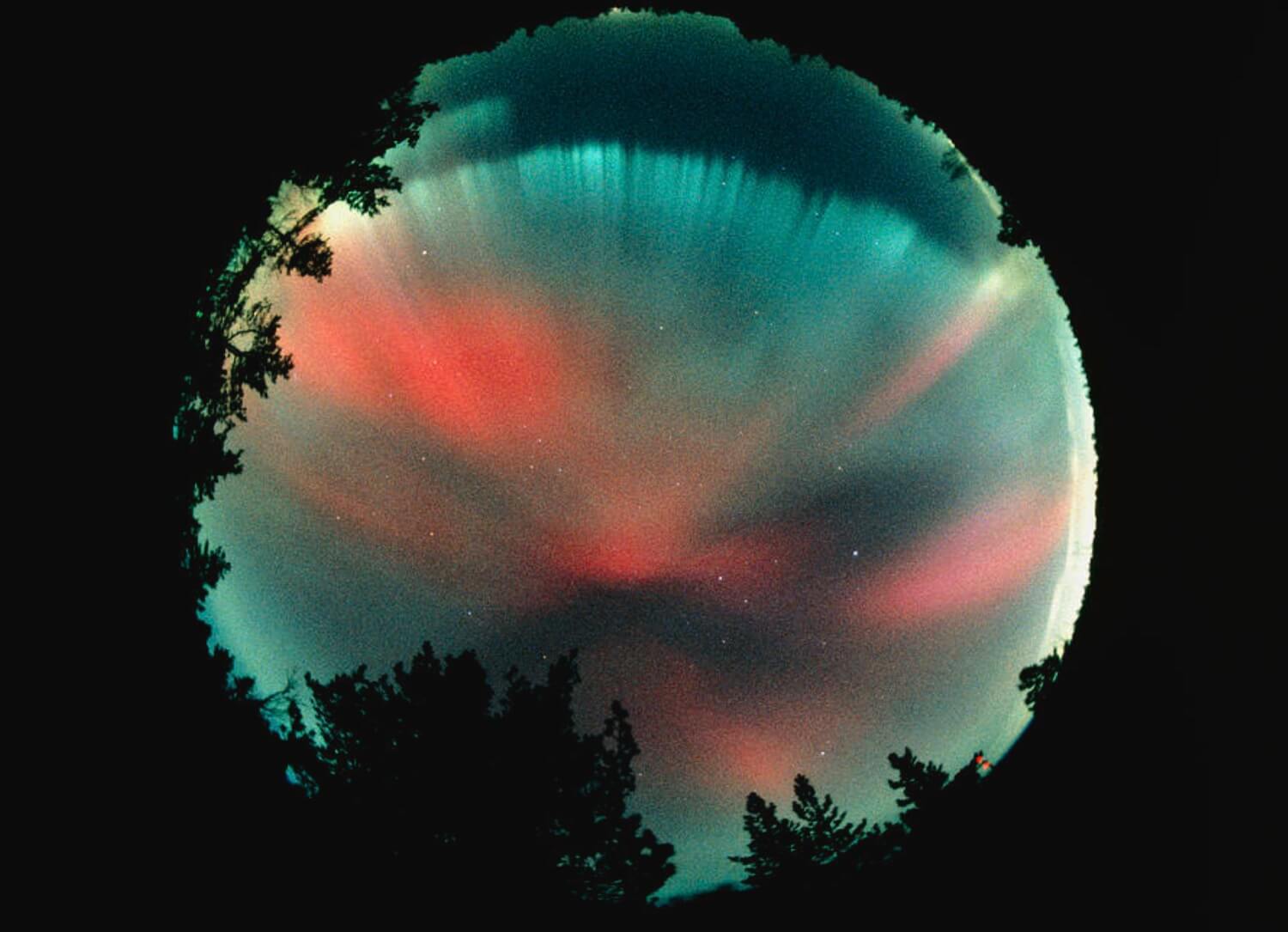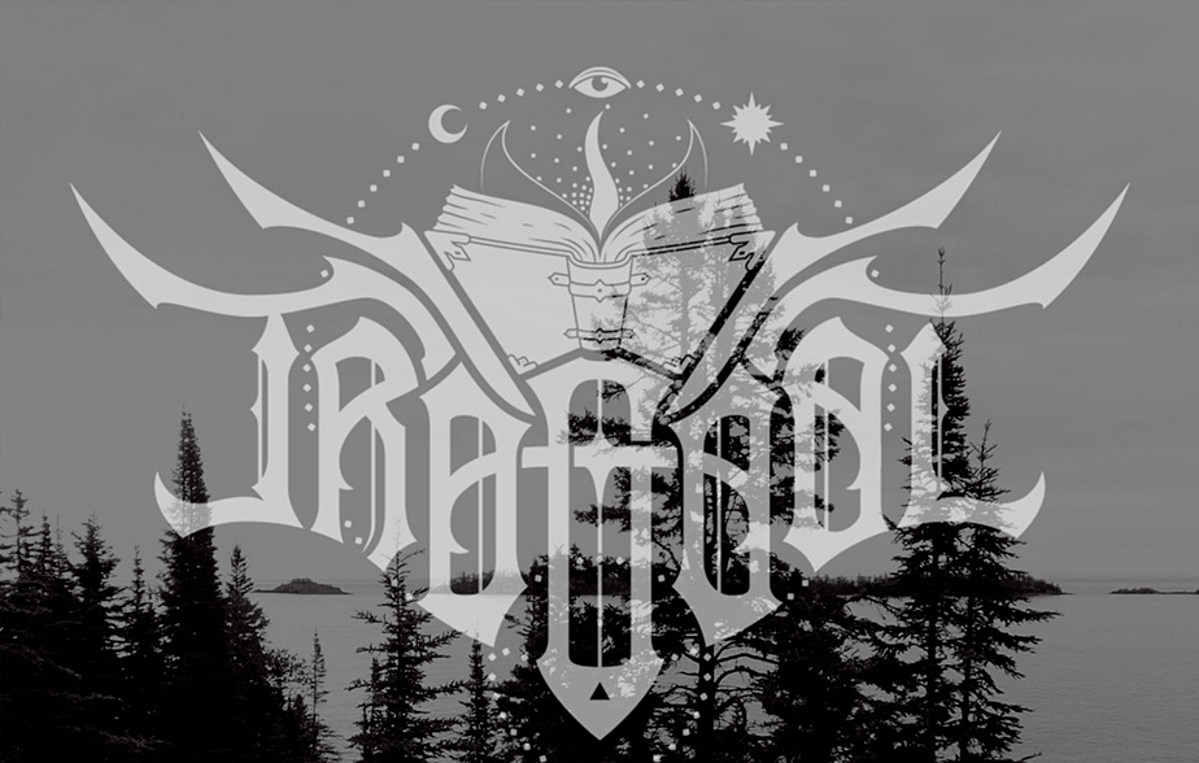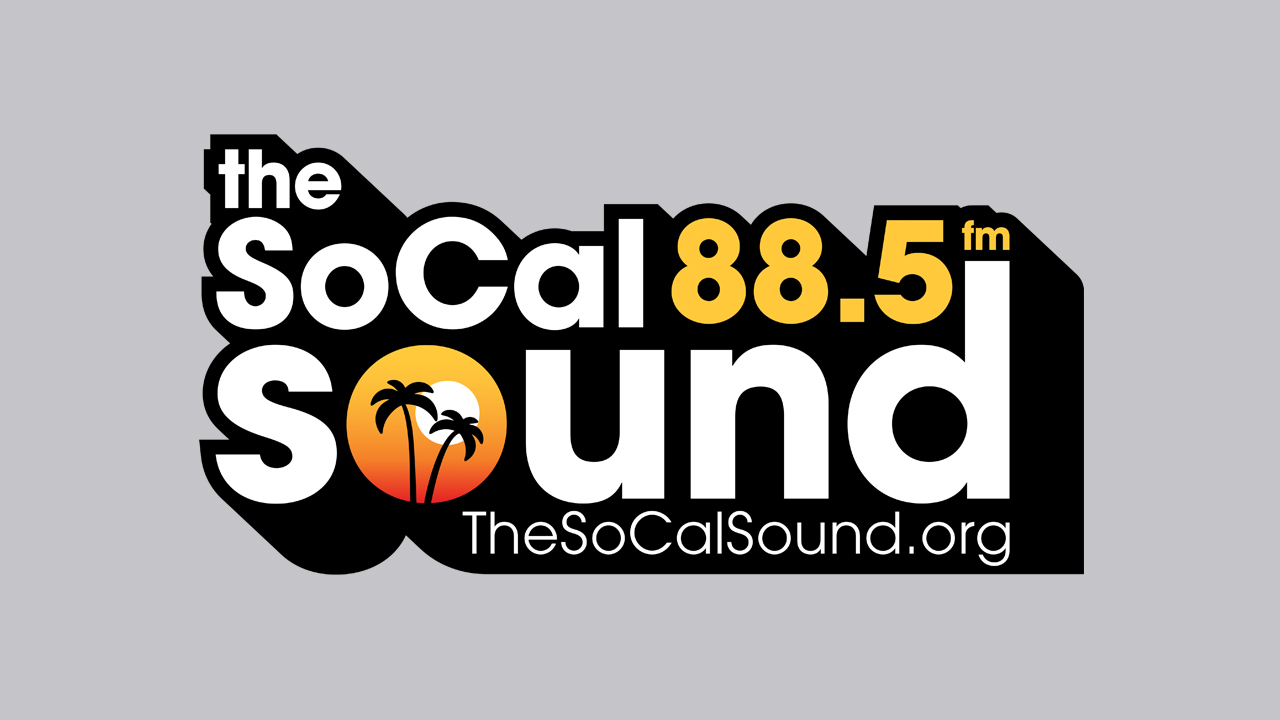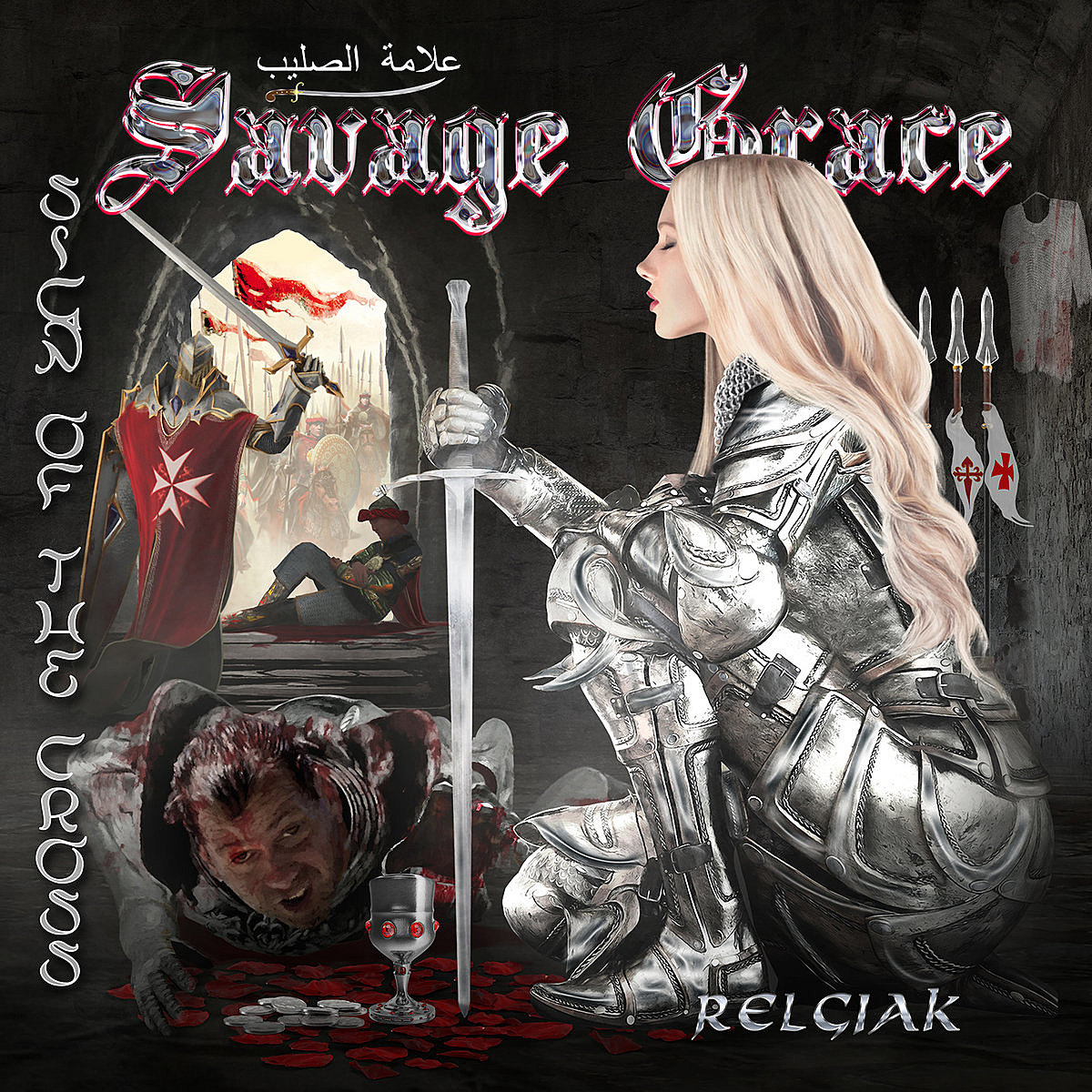Fittingly, “He Loved Him Madly” was one of the final pieces Miles Davis recorded in the studio before his five-year retirement from music to an isolated life in his West 77th Street townhouse that revolved around sex, drugs, booze, illness and hallucination. Recorded in June 1974, “He Loved Him Madly” was Miles’s threnody for his friend and idol Duke Ellington, who had died of lung cancer in late May—a tribute to Duke’s signature farewell at the end of each performance, We love you madly. But at over half an hour long, and wrought with liturgical organ, Dominique Gaumont’s haunted guitar playing and a spectral flute solo by Dave Liebman, “He Loved Him Madly” may well have been a dirge for the age of jazz. It certainly signaled the beginning of the end of Miles’s electric era. (Miles would subsequently record two final tracks in the fall, which appeared, alongside “Madly” and some earlier material on Get Up With It in late 1974. He would continue to perform live through the summer of 1975.) And it may well have marked the furthest reaches of what Miles Davis could do with jazz. The virtual negation of the squalling, electric maximalism that characterized his live albums from this period, here was a sonically reduced jazz overtaken by vast, empty space. It is as if the coolness that Miles himself had imparted to jazz decades earlier was now freezing to death. That the most important acolyte of “He Loved Him Madly” was arguably the British art rocker and experimental composer Brian Eno, who cited the work as a touchstone during his initial ambient phase in the late 1970s and early 80s, underscores the extent to which Miles had passed beyond jazz.
As Scott McDowell recently pointed out in his excellent reportage on the shape of jazz to come, this once-outré mode of ambient jazz is now at the vanguard of the genre. McDowell described the reigning sound he heard at the NYC Winter Jazz Fest this past January as “abstract, pretty, burbling along in loose conglomerations of synths and ‘organic’ instrumentation.” We can perhaps be thankful that they aren’t calling it post-jazz, but the name would not be inapposite. After all, jazz is re-staging many of the same sonic encounters that characterized post-rock a quarter century ago—cross-pollinating with electronics and minimalism, new age and drone.
But, as T.S. Eliot pointed out, genuinely new art never merely follows from its predecessors. Something worthy and interesting appears in the contemporary world, and it demands for itself a genealogy. The past must be revisited and reappraised—sometimes rearranged—to account for a startling new present. Tradition is therefore never merely the inert historical backdrop of the present; it is constantly being remade as new work requisitions a lineage by which it might be made sense of. Eighties college rock alters the meaning and place of the jangly, mordant early 70s also-rans of Big Star. The coming of techno and ambient house changes our apprehension of what were once anomalous prog and krautrock tangents like Rainbow Dome Musick and E2-E4. New art warps history around itself; it bends time and space toward it like an immense star.
And so it is with the current moment in jazz. There is the feathery new-age adjacency of the Los Angeles scene around Carlos Niño and Nate Mercereau; or the washed-out, woozy electronics of Sam Gendel; the global pulsations of the Natural Information Society; the gorgeous, sepia-toned heartbreak of the minimalist Lemon Quartet; the dreamy synthesizer psychedelia of Nala Sinephro; the fourth world flute excursions of renegade hip-hop icon Andre 3000; or the doomed groove of Oren Ambarchi, Johan Berthling and Andreas Werliin’s Ghosted trio. The coming of ambient jazz invites us to consider how exactly we got here. And so we did.
The current sounds claim an unlikely ancestry in the funereal fusion of “He Loved Him Madly” and in the quieter moments of Sun Ra; in the synthesized space jazz textures of the extended Mwandishi universe—Hancock, Henderson, Maupin; in the otherworldly, minimalist collaborations of Terry Riley and Don Cherry; in spacious European chamber jazz experiments on the early ECM; and in the smeared, fourth world atmospherics of Jon Hassell. Electronics and acoustics, Moog and flute, drone and funk, are all summoned to presence. North America, South America, Europe and Asia all have a say. The music mostly hails from the 1970s, the era of jazz’s maximal openness to alien sounds, but there are a few outliers from the 80s as well. What unites these disparate pieces is a certain, for lack of a better word, spaciness in the sound.
Indeed, it is remarkable how many of the tracks collected here reference outer space in their titles. Henderson’s “Galaxy.” Ornette Coleman’s “Space Church.” Chivo Borraro’s “Blues for a Cosmonaut.” Elvin Jones’s “Moon Dance,” and so on. Before anyone had the term ambient, artists often simply pointed to the stars to tell us what kind of music we were hearing. All this old space music made me think about light pollution. There’s a tradition there, obscured by the bright lights—like the parts of the night sky we can no longer see. | b sirota
Download: Light Pollution: The Roots of Ambient Jazz
Eddie Henderson, “Galaxy”
Sun Ra, “The Order Of The Pharaonic Jesters”
Herbie Mann, “In Tangier / Paradise Beach”
Weather Report, “Unknown Soldier”
Hampton Hawes, “Drums for Peace/Love Is Better”
Barre Phillips, “Mountainscapes V”
Jorge Lopez Ruiz 5, “Homenaje A La Muerte”
Horacio “Chivo” Borraro, “Blues para un cosmonauta”
Elvin Jones, “Moon Dance”
Ornette Coleman, “Space Church (Continuous Services)”
Don Cherry & Terry Riley, “Sunrise Of The Planetary Dream Collector”
Charles Earland, “Mason’s Galaxy”
Dedalus, “Leda”
The Lightmen Plus One, “Jupiter’s Child”
Herbie Hancock, “Rain Dance”
Lonnie Liston Smith & the Cosmic Echoes, “Astral Travelling”
Miles Davis, “He Loved Him Madly”
Enrico Rava, “By The Sea”
The Khan Jamal Creative Arts Ensemble, “Inner Peace”
Bennie Maupin, “Farewell to Rahsaan”
Jon Hassell, “Wing Melodies”
Spirit Free, “Starship”
John Abercrombie, Jan Hammer & Jack DeJohnette, “Timeless”
Masaru Imada, “A Gree Catterpillar”
Don Cherry, “Blue Lake”
Sun Ra, “Space is the Place / Over the Rainbow”
Only the good shit. Aquarium Drunkard is powered by its patrons. Keep the servers humming and help us continue doing it by pledging your support via our Patreon page.



